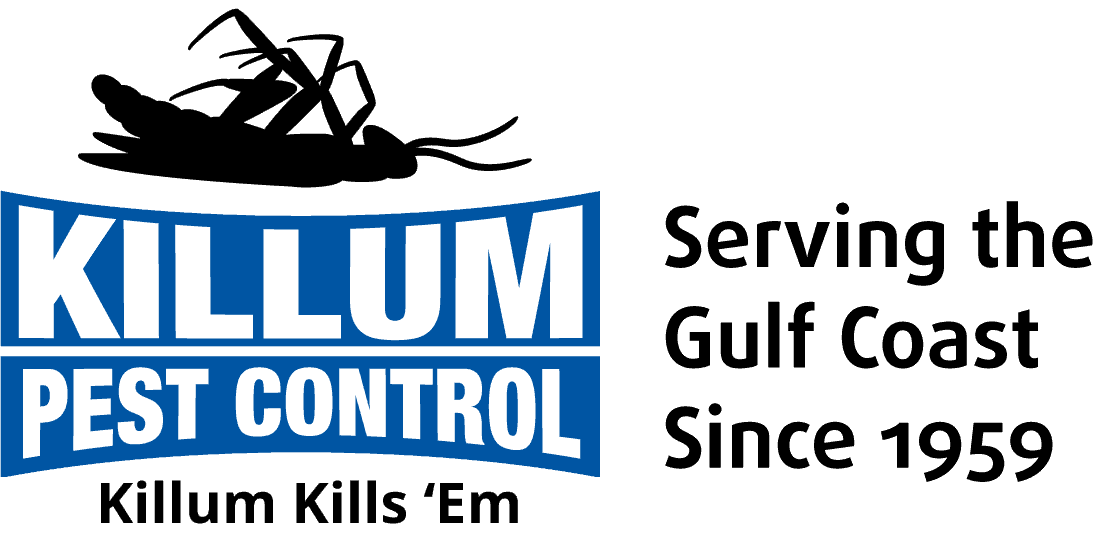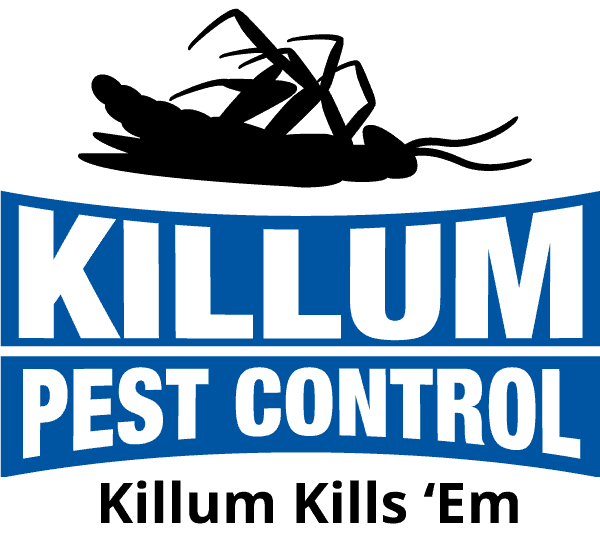When the season changes, mice and rats seek warmer places to find food and shelter. Rodents can do a lot of damage to your home–from chewing on wires and insulation, to even chewing through the siding. Learn how to identify the signs of rodent activity and take precautions to protect your home.
To avoid having them crawling indoors and taking shelter in your living space, learn how to proactively rodent proof your home.
In the Yard
Rodents thrive in environments where they find shelter and feed. The condition of your yard can encourage them to start living there and coming into your home. Take the time to address these trouble spots around your property for best results when rodent proofing.
Check your roof regularly to ensure there are no trees or branches close to the edges. They can make it easier for rodents to move onto your roof and into your home.
Mow your lawn, trim back shrubs & plantings around the exterior, and make sure that there is no firewood or other debris piled up close to or leaning against the foundation.
Seal Up Your Home
To cut down on the chances of rodents making your home their refuge, make it more difficult for them to get in. Rats and mice often enter homes through crawl spaces where they nest and can chew their way through wires and other material to create an entry point. To avoid possible rodent infestation, you should begin by examining your home for any signs of openings.
To do this, walk around your home and inspect each area for gaps and openings. A hole the size of a quarter can allow rodents to enter and chew through wires, causing significant damage.
Some of the more common places where rodents make their way into homes are open garage doors, openings for utility lines, torn vent screens, and foundation cracks. From there, they chew into insulation or cables to gain access to the home.
Remove Possible Food Sources
It’s a good idea to make sure you’ve eliminated all sources of food away from your property, as this will attract rodents. You should search for ways that you may be feeding the pests as you go about rodent proofing.
The first step is to remove obvious food sources on the outside such as unsealed trash cans, pet food, or bird seed. Wipe down surfaces inside your home regularly and store dry goods in containers with tight seals. Also, avoid leaving stagnant dishwater in the kitchen overnight.
We’ve only highlighted a few ways to prevent rodents from entering your home this Fall and Winter. By identifying the signs of rodent activity and taking proper you can keep your home rodent-free and avoid an infestation.
Use a Licensed Applicator to Control Rodents in Your Home
As the weather cools down, rodents like mice and rats look for warmer environments to seek shelter from the outdoors. If rodents invade your home or business, take action by hiring a pest management professional to eliminate these pests. You will want to make sure any individual you hire is properly licensed by the Texas Department of Agriculture (TDA) to perform pest control work.
In Texas, licensed pest control applicators must go through proper training, subject exams and criminal background checks. However, there is always a possibility of individuals performing pest control services without the proper training, licenses and insurance.
To ensure your family is protected and rodents properly eliminated, remember the following when hiring a pest control applicator:
- Ask for their credentials. If the applicator does not have their license with them and/or their Texas Pest Control License (TPCL) number is not displayed on their service vehicle, this should be an immediate red flag. Do not sign any forms or contracts until you have checked the license status of the pesticide applicator and/or company.
- Check their references. It is always a good idea to have references on a potential pest control company or individual applicator. Check them out, and find out what others have to say about their service.
- Get several estimates. Talk with several licensed pest control companies and get estimates from each of them. This will help you make an informed decision on which company to use.
Find a Licensed Applicator in Your Area
TDA has a web-based tool to locate licensed pest control companies in your area. Click here to Find a company near you
Additionally, DA provides the public with a list of enforcement actions against licensed applicators over the last year. To view this list, click here. Then, you’ll need to type the word “structural” by in the program name box. Then select the Structural Pest Enforcement Report.






